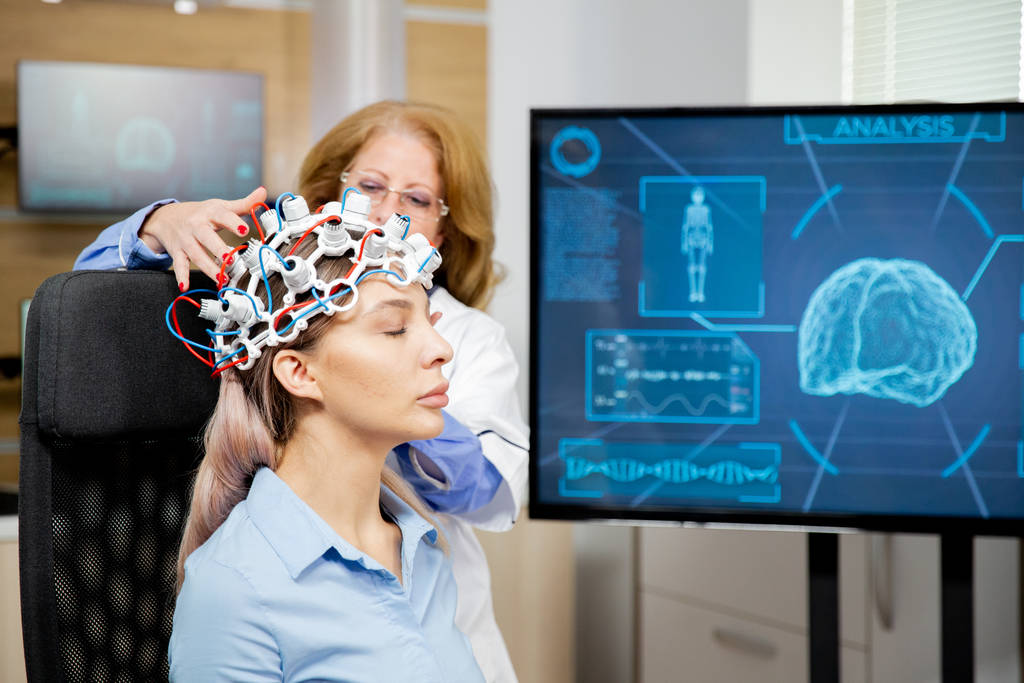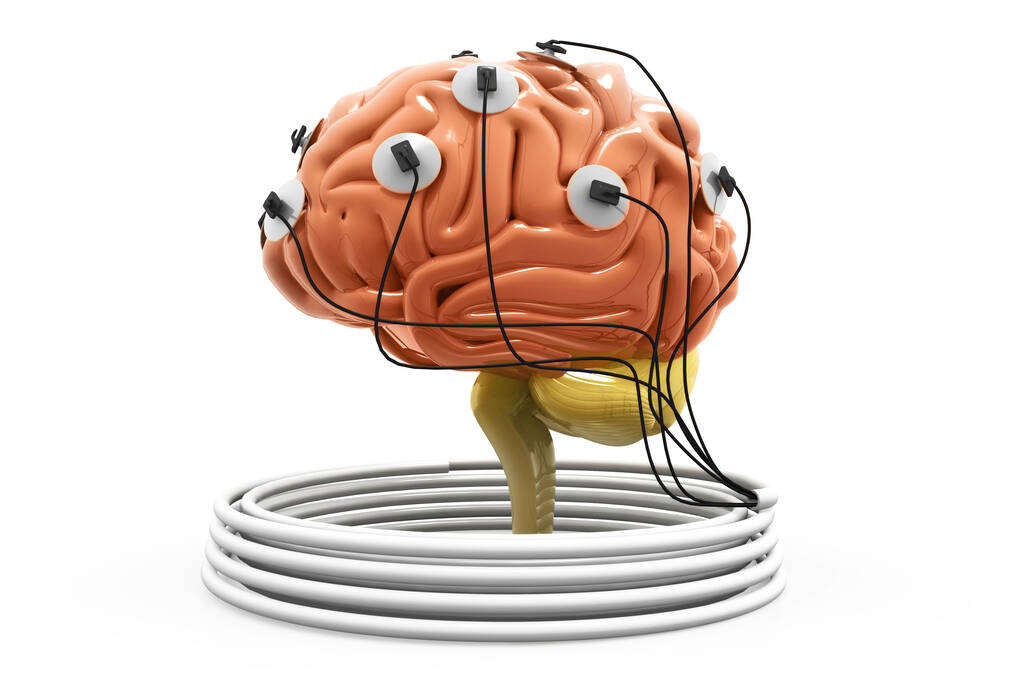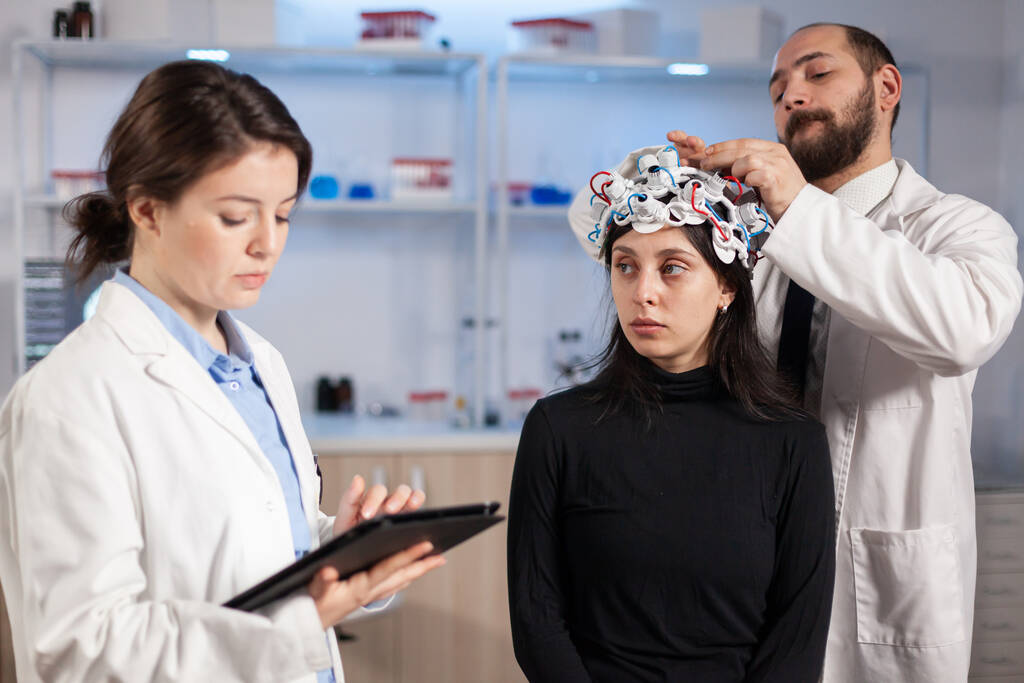Understanding Brainwaves: What Electrical Activity Can Reveal

Most people know the brain as the control center of the body but very few realize that it also produces tiny rhythms called brainwaves that shape our thoughts feelings and behaviors. These rhythms are electrical signals created when billions of brain cells called neurons send messages to each other. The easiest way to measure these patterns is through an EEG test in Melbourne or anywhere else that has modern brain scanning clinics.
What Exactly Are Brainwaves?
Brainwaves are rhythmic patterns of electrical activity in the brain. Billions of neurons brain cells communicate with each other by sending electrical signals. When large groups of neurons fire together they create brainwaves that can be measured using sensitive equipment.
The Five Main Types of Brainwaves
Although the brain always produces a mix of different rhythms, one type usually dominates depending on what you are doing or feeling.
- Delta waves: The slowest rhythms, linked with deep restorative sleep and physical healing.
- Theta waves: Gentle rhythms, seen in light sleep, daydreaming and moments of imagination.
- Alpha waves: Medium speed patterns, connected with relaxation, quiet focus and calm reflection.
- Beta waves: Faster waves, linked with active thinking, problem solving and mental alertness.
- Gamma waves: The fastest of all associated with learning, memory and processing complex information.
Why Measuring Brainwaves Matters

Understanding brainwaves is not something that only researchers or doctors benefit from. These patterns have direct meaning for everyday life and can play an important role in health and well being. By monitoring the brain’s electrical activity, specialists can gather information that helps in many areas
- Medical diagnosis: Abnormal brainwave patterns can signal conditions such as epilepsy, sleep disorders or unexplained blackouts.
- Mental health support: Variations in wave activity are often linked with anxiety, depression or attention difficulties.
- Performance training: Some athletes and professionals use brainwave feedback to sharpen focus and improve their ability to stay calm under pressure.
- Sleep science: Studying brain rhythms allows doctors and researchers to understand how different stages of rest influence memory, learning and mood.
How an EEG Works
The most common way to study brainwaves is with an EEG (electroencephalogram) This test involves placing small sensors on the scalp to detect electrical activity.
- Non-invasive – no needles or surgery required.
- Painless – the sensors simply pick up electrical signals.
- Safe – it measures activity without sending anything into the brain.
- Quick – usually completed within 30 to 60 minutes.
Brainwaves and Everyday Life
You don’t need to step into a clinic or undergo a scan to experience how brainwaves shape your daily life. These rhythms are constantly shifting in the background, adjusting to whatever you are doing or feeling. Each state of mind has its own “signature” wave pattern.
- Deep focus: Beta waves keep you alert. Gamma waves connect ideas so you solve problems faster.
- Drifting off: Theta waves appear when you nap. If you sleep deeper, delta waves restore your body.
- Quiet calm: Alpha waves rise when you rest after a walk, meditate or listen to soft music.
- Stressful moments: Too much beta activity can make you restless or anxious.
- Creative flow: Theta and gamma often work together when you are painting, writing or daydreaming.
Can You Train Your Brainwaves?

The short answer is yes but not in the way people often imagine. Brainwaves cannot be switched on and off instantly. They can, however, be guided and shaped over time because the brain is flexible. This ability is called neuroplasticity. With the right habits and training methods, you can encourage your brain to spend more time in states that are helpful for focus, creativity or rest.
- Athletes may learn to increase alpha waves for calm focus before a big event.
- Students might strengthen beta waves to improve concentration during study sessions.
- People struggling with insomnia can practise increasing delta waves to encourage deeper sleep.
While the science is still developing, early evidence suggests that brainwave training may be a useful complement to other wellness practices.
Common Myths About Brainwaves
Because brainwaves sound mysterious, people often misunderstand them. Here are some of the most common myths explained
Myth 1: Brainwaves can read thoughts
They can not. Brainwaves only show patterns of activity, not the exact ideas in your mind.
Myth 2: EEGs are only for serious illness
Not true. EEGs help with epilepsy and sleep problems, but they are also used in research, sports and wellness.
Myth 3: You can control brainwaves instantly
Change takes practice. Breathing, meditation or neurofeedback work over time not in seconds.
Myth 4: Some brainwaves are always good, others always bad
All brainwaves are important. Trouble comes only when they are out of balance.
Myth 5: Brainwaves never change
They shift all day long. With healthy habits, you can guide them into better patterns.
Looking Ahead
Technology is changing the way we understand brainwaves. What once required a hospital lab can now be done with small wearable devices. Headbands and apps already let people monitor their sleep cycles, track focus levels, or measure how meditation affects their state of mind. These tools are still in their early stages, but they show how brain science is becoming more personal and practical.
Conclusion
Brainwaves may be hidden from the eye, but they quietly shape every part of human experience. They influence how we fall asleep, how deeply we rest, how well we focus, and even how creative or calm we feel in everyday life. An EEG test in Melbourne or anywhere else makes these rhythms visible, giving doctors vital information about conditions such as epilepsy, ADHD, or sleep disorders, while also helping researchers explore learning and performance.
